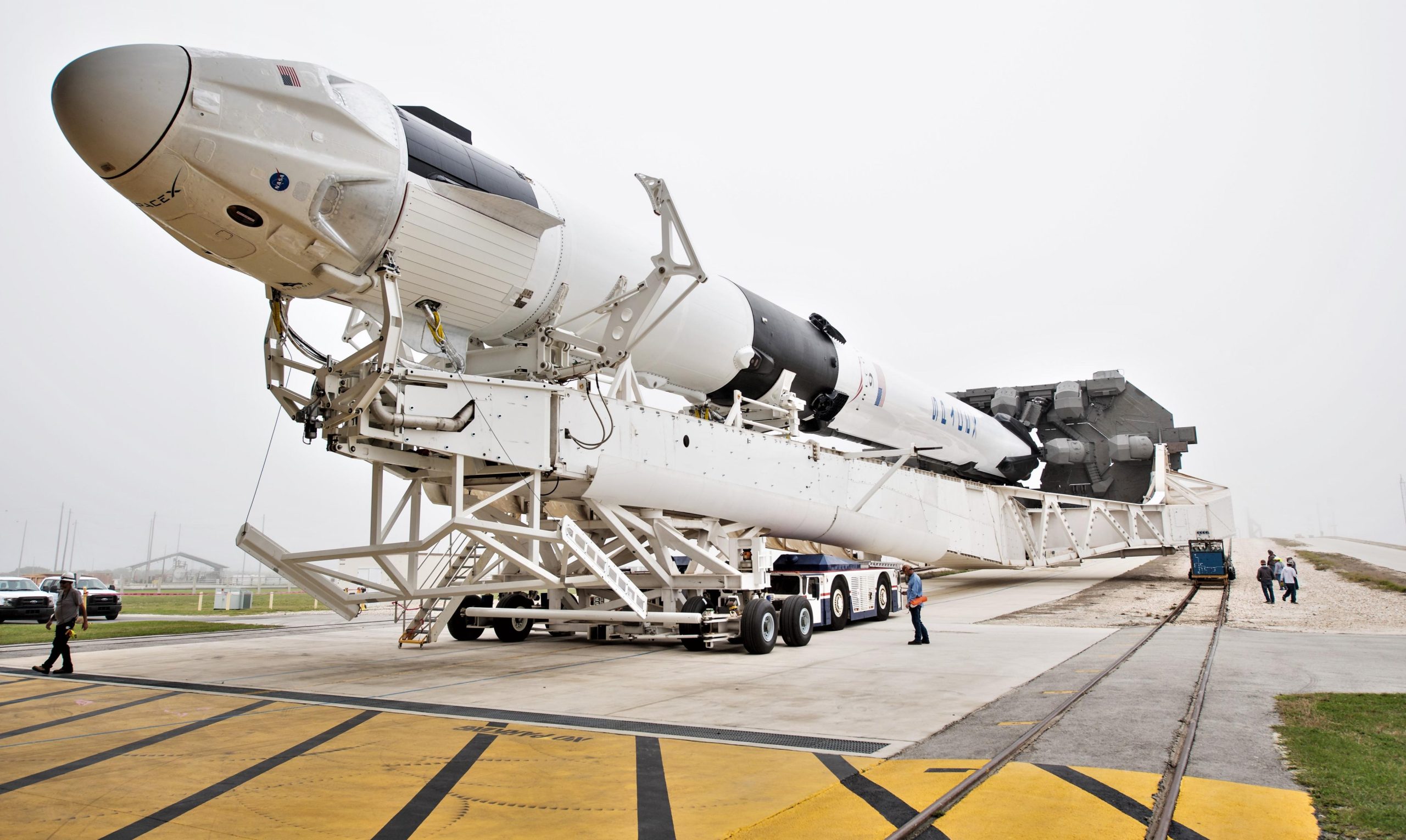
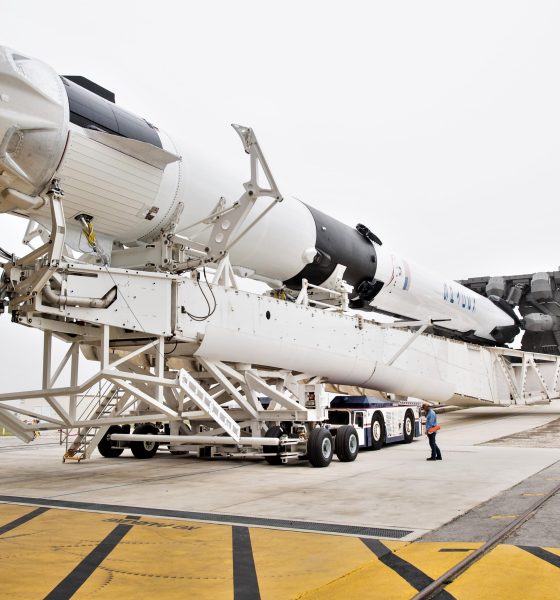
News
SpaceX’s first NASA astronaut launch could have historically small media presence
NASA’s first SpaceX astronaut launch debut briefing suggests that the duo’s inaugural crewed flight to the International Space Station (ISS) could have an historically barebones media presence – if any at all.
On April 20th, NASA published its first routine preflight briefing for an astronaut launch to the space station, going over the basics of what to expect over the next few days and weeks. However, scheduled to launch no earlier than (NET) May 27th, SpaceX’s inaugural NASA astronaut launch is about as far from routine as it gets. Effectively a full decade (or more) in the making, SpaceX’s Crew Dragon Demonstration-2 mission will be the first crewed launch under NASA’s Commercial Crew Program (CCP) – an effort to replace the Space Shuttle with one or several domestic spacecraft.
Simultaneously, the world is currently under siege by one of the worst global pandemics in years. While NASA and SpaceX have done their absolute best to respond to the threat of the coronavirus and minimize its impact on critical launch operations like Demo-2, major operational changes and new restrictions have since been put in place. According to NASA’s first Demo-2 launch briefing, mainly focused on sketching out several upcoming press conferences and briefings, the space agency has revealed the first restrictions related to members of the press that typically attend and document both major and minor events.
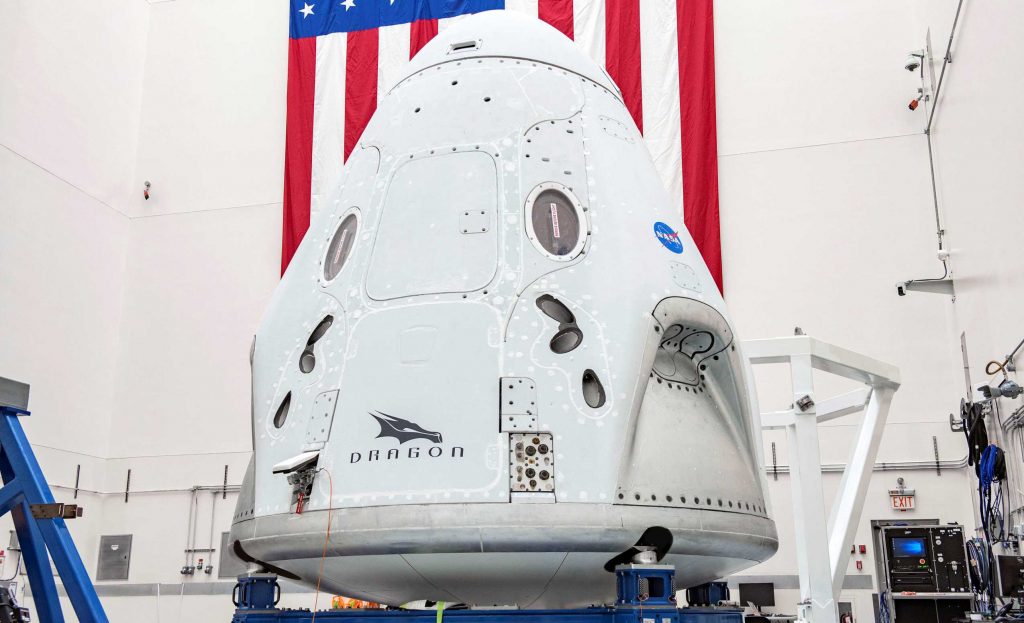
Over the last few days, NASA and SpaceX have revealed a wealth of new information about Crew Dragon’s upcoming astronaut launch debut, including the launch target (May 27th), a range of exceptional press briefings scheduled for May 1st, and even photos of both the Falcon 9 rocket and Crew Dragon spacecraft du jour.
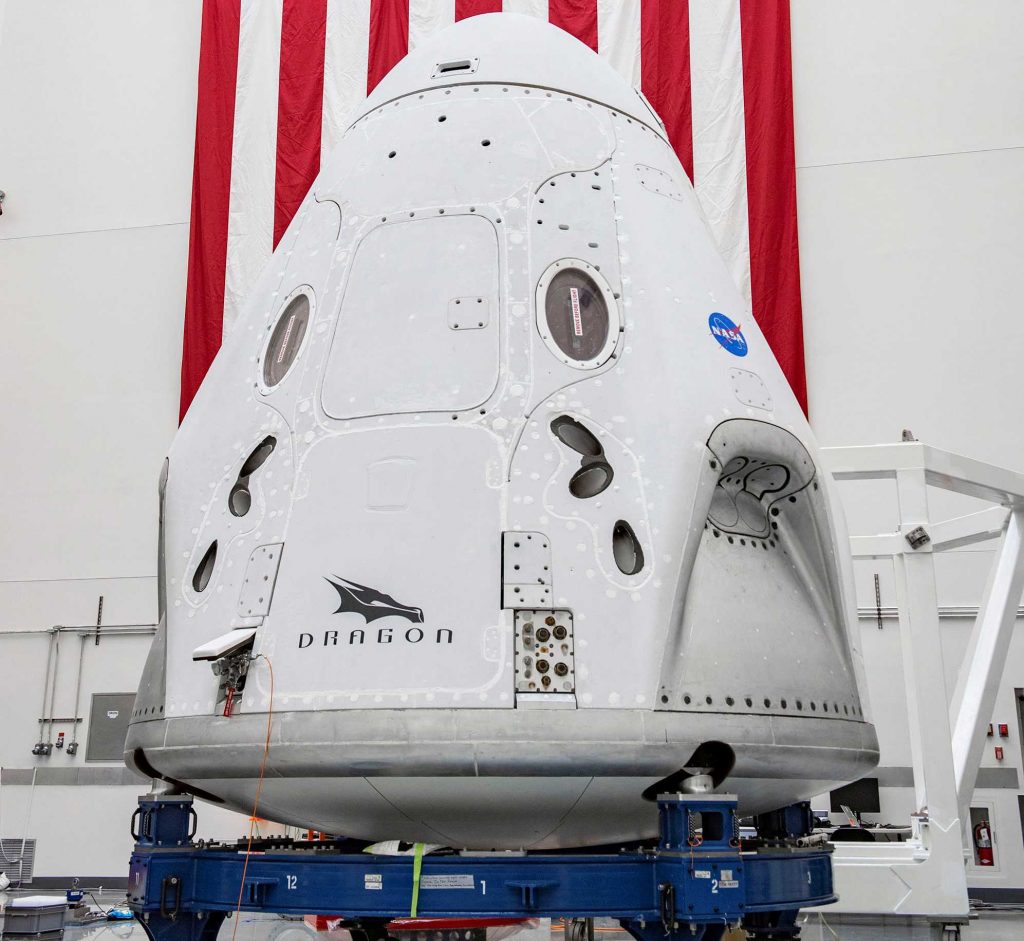
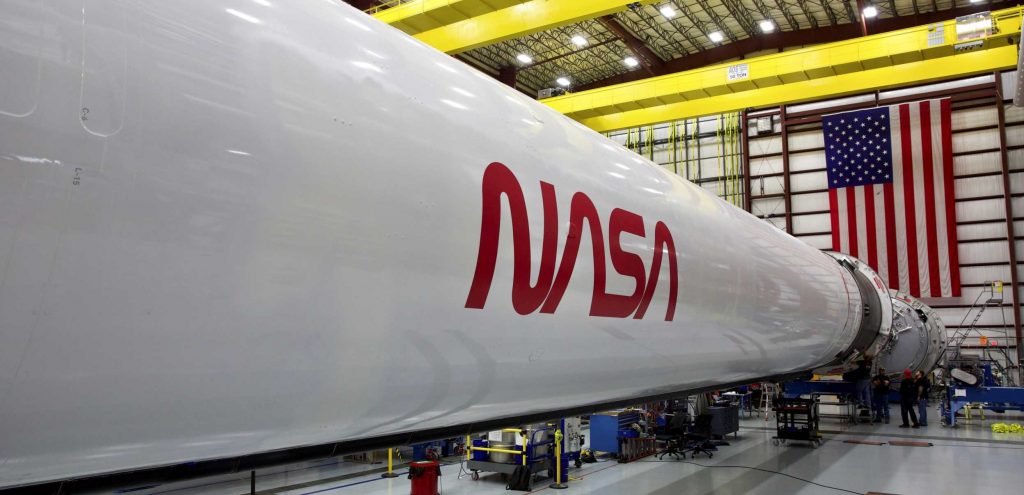
In its April 20th briefing, NASA revealed in no uncertain terms that “all media participation in these news conferences and interviews will be remote; no media will be accommodated at any NASA site due to the COVID-19 pandemic.” To be clear, NASA was referring to a trio of press conferences with NASA safety officials, managers, and SpaceX experts like Benji Reed (director of crew mission management) and COO and President Gwynne Shotwell.
In other words, absolutely zero members of the press will be allowed to attend those media briefings – scheduled just shy of four weeks before Crew Dragon’s planned launch. According to Brendan Byrne of WMFE Orlando, NASA reached out to add that it’s “trying to accommodate in-person reporting for [SpaceX’s inaugural astronaut] launch” but could make no guarantees come mid-to-late May.
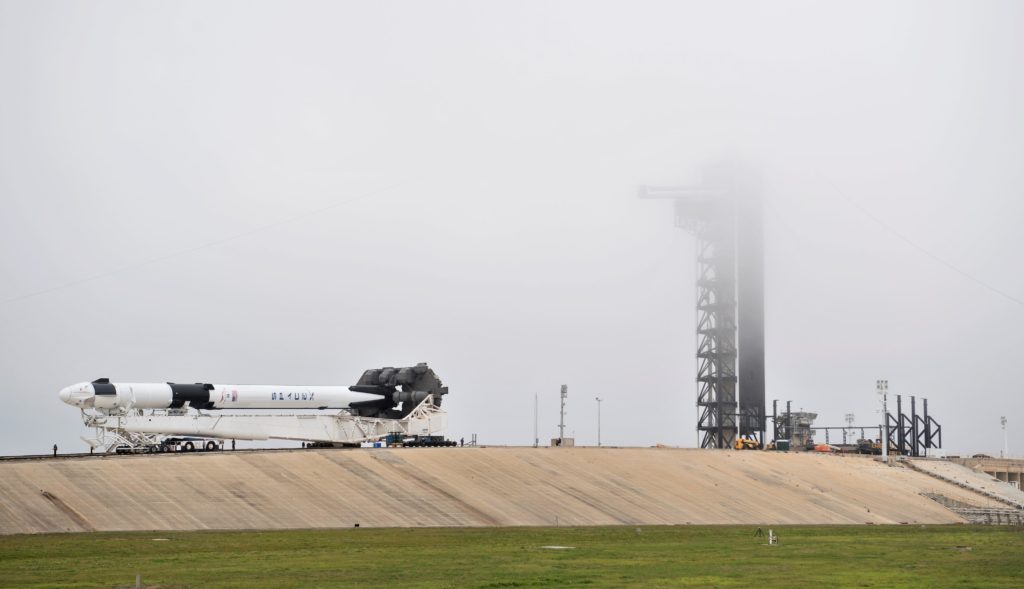
Unfortunately, this means that there is a strong chance – verging on certainty – that SpaceX and NASA’s inaugural Crew Dragon astronaut launch could have an almost unprecedentedly small contingent of press on site come late May. As far as the author is aware, every NASA astronaut launch since the very first one or two have included direct media access to the proceedings.
Given the growing severity of the COVID-19 pandemic, it would be far from shocking if NASA and SpaceX were forced to make history during preparations for the Demo-2 launch. Stay tuned for updates as we near the historic astronaut mission.

News
Tesla FSD fleet is nearing 7 billion total miles, including 2.5 billion city miles
As can be seen on Tesla’s official FSD webpage, vehicles equipped with the system have now navigated over 6.99 billion miles.

Tesla’s Full Self-Driving (Supervised) fleet is closing in on almost 7 billion total miles driven, as per data posted by the company on its official FSD webpage.
These figures hint at the massive scale of data fueling Tesla’s rapid FSD improvements, which have been quite notable as of late.
FSD mileage milestones
As can be seen on Tesla’s official FSD webpage, vehicles equipped with the system have now navigated over 6.99 billion miles. Tesla owner and avid FSD tester Whole Mars Catalog also shared a screenshot indicating that from the nearly 7 billion miles traveled by the FSD fleet, more than 2.5 billion miles were driven inside cities.
City miles are particularly valuable for complex urban scenarios like unprotected turns, pedestrian interactions, and traffic lights. This is also the difference-maker for FSD, as only complex solutions, such as Waymo’s self-driving taxis, operate similarly on inner-city streets. And even then, incidents such as the San Francisco blackouts have proven challenging for sensor-rich vehicles like Waymos.
Tesla’s data edge
Tesla has a number of advantages in the autonomous vehicle sector, one of which is the size of its fleet and the number of vehicles training FSD on real-world roads. Tesla’s nearly 7 billion FSD miles then allow the company to roll out updates that make its vehicles behave like they are being driven by experienced drivers, even if they are operating on their own.
So notable are Tesla’s improvements to FSD that NVIDIA Director of Robotics Jim Fan, after experiencing FSD v14, noted that the system is the first AI that passes what he described as a “Physical Turing Test.”
“Despite knowing exactly how robot learning works, I still find it magical watching the steering wheel turn by itself. First it feels surreal, next it becomes routine. Then, like the smartphone, taking it away actively hurts. This is how humanity gets rewired and glued to god-like technologies,” Fan wrote in a post on X.
News
Tesla starts showing how FSD will change lives in Europe
Local officials tested the system on narrow country roads and were impressed by FSD’s smooth, human-like driving, with some calling the service a game-changer for everyday life in areas that are far from urban centers.

Tesla has launched Europe’s first public shuttle service using Full Self-Driving (Supervised) in the rural Eifelkreis Bitburg-Prüm region of Germany, demonstrating how the technology can restore independence and mobility for people who struggle with limited transport options.
Local officials tested the system on narrow country roads and were impressed by FSD’s smooth, human-like driving, with some calling the service a game-changer for everyday life in areas that are far from urban centers.
Officials see real impact on rural residents
Arzfeld Mayor Johannes Kuhl and District Administrator Andreas Kruppert personally tested the Tesla shuttle service. This allowed them to see just how well FSD navigated winding lanes and rural roads confidently. Kruppert said, “Autonomous driving sounds like science fiction to many, but we simply see here that it works totally well in rural regions too.” Kuhl, for his part, also noted that FSD “feels like a very experienced driver.”
The pilot complements the area’s “Citizen Bus” program, which provides on-demand rides for elderly residents who can no longer drive themselves. Tesla Europe shared a video of a demonstration of the service, highlighting how FSD gives people their freedom back, even in places where public transport is not as prevalent.
What the Ministry for Economic Affairs and Transport says
Rhineland-Palatinate’s Minister Daniela Schmitt supported the project, praising the collaboration that made this “first of its kind in Europe” possible. As per the ministry, the rural rollout for the service shows FSD’s potential beyond major cities, and it delivers tangible benefits like grocery runs, doctor visits, and social connections for isolated residents.
“Reliable and flexible mobility is especially vital in rural areas. With the launch of a shuttle service using self-driving vehicles (FSD supervised) by Tesla in the Eifelkreis Bitburg-Prüm, an innovative pilot project is now getting underway that complements local community bus services. It is the first project of its kind in Europe.
“The result is a real gain for rural mobility: greater accessibility, more flexibility and tangible benefits for everyday life. A strong signal for innovation, cooperation and future-oriented mobility beyond urban centers,” the ministry wrote in a LinkedIn post.
News
Tesla China quietly posts Robotaxi-related job listing
Tesla China is currently seeking a Low Voltage Electrical Engineer to work on circuit board design for the company’s autonomous vehicles.

Tesla has posted a new job listing in Shanghai explicitly tied to its Robotaxi program, fueling speculation that the company is preparing to launch its dedicated autonomous ride-hailing service in China.
As noted in the listing, Tesla China is currently seeking a Low Voltage Electrical Engineer to work on circuit board design for the company’s autonomous vehicles.
Robotaxi-specific role
The listing, which was shared on social media platform X by industry watcher @tslaming, suggested that Tesla China is looking to fill the role urgently. The job listing itself specifically mentions that the person hired for the role will be working on the Low Voltage Hardware team, which would design the circuit boards that would serve as the nervous system of the Robotaxi.
Key tasks for the role, as indicated in the job listing, include collaboration with PCB layout, firmware, mechanical, program management, and validation teams, among other responsibilities. The role is based in Shanghai.
China Robotaxi launch
China represents a massive potential market for robotaxis, with its dense urban centers and supportive policies in select cities. Tesla has limited permission to roll out FSD in the country, though despite this, its vehicles have been hailed as among the best in the market when it comes to autonomous features. So far, at least, it appears that China supports Tesla’s FSD and Robotaxi rollout.
This was hinted at in November, when Tesla brought the Cybercab to the 8th China International Import Expo (CIIE) in Shanghai, marking the first time that the autonomous two-seater was brought to the Asia-Pacific region. The vehicle, despite not having a release date in China, received a significant amount of interest among the event’s attendees.








